KISS The Story Of The Band's Disastrous Reunion With Ace & Peter
Description
A look at the disastrous Kiss reunion which began in 1996 with Peter Criss and Ace Frehley rejoining the band.
-----GET A SECRET VIDEO PLAYLIST-----
Sign up for email news and get a link to my secret playlist with 10 of my best stories.
https://bit.ly/3emyloM
-----CONNECT ON SOCIAL-----
Instagram: https://www.instagram.com/rocknrolltruestories
Facebook: https://www.facebook.com/RNRTrueStories
Twitter: https://twitter.com/rocktruestories
Blog: www.rockandrolltruestories.com
Patreon: https://www.patreon.com/RNRTrueStories
#kiss #acefrehley #petercriss #genesimmons #paulstanley
What's going on my fellow rock n' rollers. Don't forget to hit the bell notification icon to be notified every time i put out a new video on my channel. I’ve talked previously about the Kiss reunion tour in 1996, but more in relation to fact that it represented the last tour Alice in Chains would do with frontman Layne Staley. But today i want to talk about how Kiss reunited with their classic lineup and why it was such a failure. Stay tuned for the full story.
Who would’ve thought it would be rapper Tupac Shakur who would’ve introduced the reunited lineup of Kiss to the world. It was the 1996 grammy awards and the rapper introduced the band with Gene Simmons, Paul Stanley, Ace Frehley, and Peter Criss who strolled on stage in full Kiss makeup. And they were there to present the award for best Pop Performance by a Duo or Group With Vocal. To some, the appearance and announcement of a reunited Kiss wasn’t a huge surprise as the writing was on the wall a year prior when In August of 1995, Ace Frehley and Peter Criss played several Kiss songs during the band’s MTV unplugged appearance.
What followed after the grammy’s appearance was an 18 month llong tour that featured 192 shows. It was something that seemed unimaginable a few years earlier. So how did Kiss get to this point and what happened afterwards?
While Kiss would rise to fame in the mid to late 70’s, by the early 80’s the band’s original and classic lineup was falling apart. The decade was a difficult time for Kiss. By 1982 Peter Criss and Ace Frehley were out of the band and they were replaced. Soon afterwards, the band lost their makeup for a period of time and Gene Simmons seemed to have a diminishing role in the group as he pursued other interests like acting, which I’ve talked about in another video. As a result, guitarist and vocalist Paul Stanley took a greater role in leading the band and by the late 80’s, early 90’s Kiss was struggling with their identity as rock n’ roll underwent a massive transformation with the rise of alternative rock. In addition to that Kiss didn’t have a top ten charting record the whole decade.
By 1991 Kiss dealt with tragedy as drummer Eric Carr was found to have a tumor in his heart. While he would be declared cancer free towards the later part of 1991, he would die on November 24th due to several cerebral hemorages. Coincidentally enough he passed away on the same day as Queen frontman Freddie Mercury. Carr would be replaced eb Alice Cooper’s drummer Eric Singer with some fans blasting the band for continuing on, something Simmons brushed off telling Classic Rock Magazine “Some fans thought that we were insensitive,‘How could the band continue, why didn’t you love him?’ But they weren’t there. They’re not qualified to say" Simmons would remember.
As the band turned their attention to their first record of the 90’s they enlisted producer Bob Ezrin who also worked on the band’s seminal record 1975's Destroyer. The band hoped to repeat the same success with a more back to basics approach, something that partially worked. Appropriately titled Revenge and released in 1992, It was the band’s first album since 1979’s destroyer to chart in the top 10 even if it didn’t have legs. At the end of the day it sold around 500,000 copies, which meant it went gold. But relatively speaking the big bands at the time outsold Kiss many times over. For comparison Nirvana’s Nevermind sold over 11 million copies in the US.
The band would release a stop gap live record titled Alive 3 to tide over fans until their next release. Kiss would soon enlist the help of Alice in Chains producer Toby Wright who had worked with the band on their 1994 EP Jar of Flies, which was a number 1 hit. Wright would recall to Classic Rock “They wanted to follow a little hip trend going on at the time called grunge music ,“The bottom line was, like all artists, they wanted to sell records.I remember getting into a big argument with Gene about the direction of the album “He said he wanted to be like that ‘bald guy, the one that’s on the top of the charts.’ He meant Billy Corgan.
The album would get shelved for several years & It would turn out Kiss got a huge offer to reunite with the original lineup and the album was shelved according to Wright. The reunited lineup of Kiss played their first show at Tiger Stadium in 1996 in June of that year. Opening for th

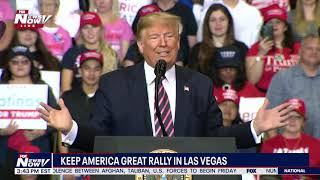
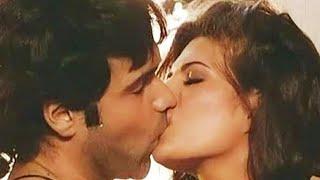

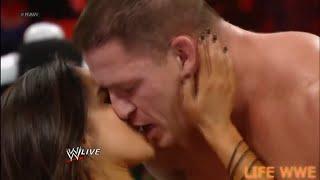

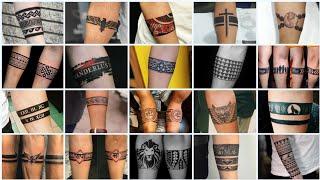
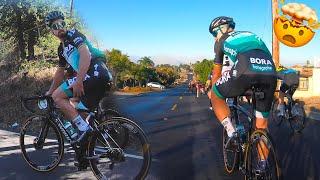



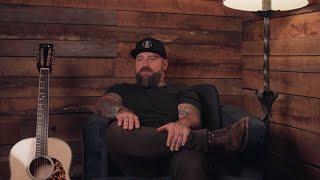
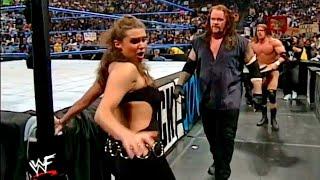
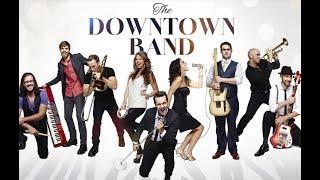
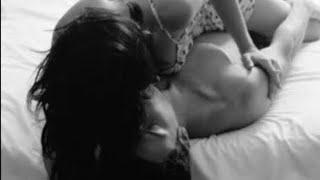
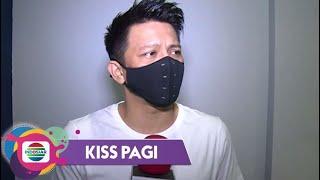





Comments